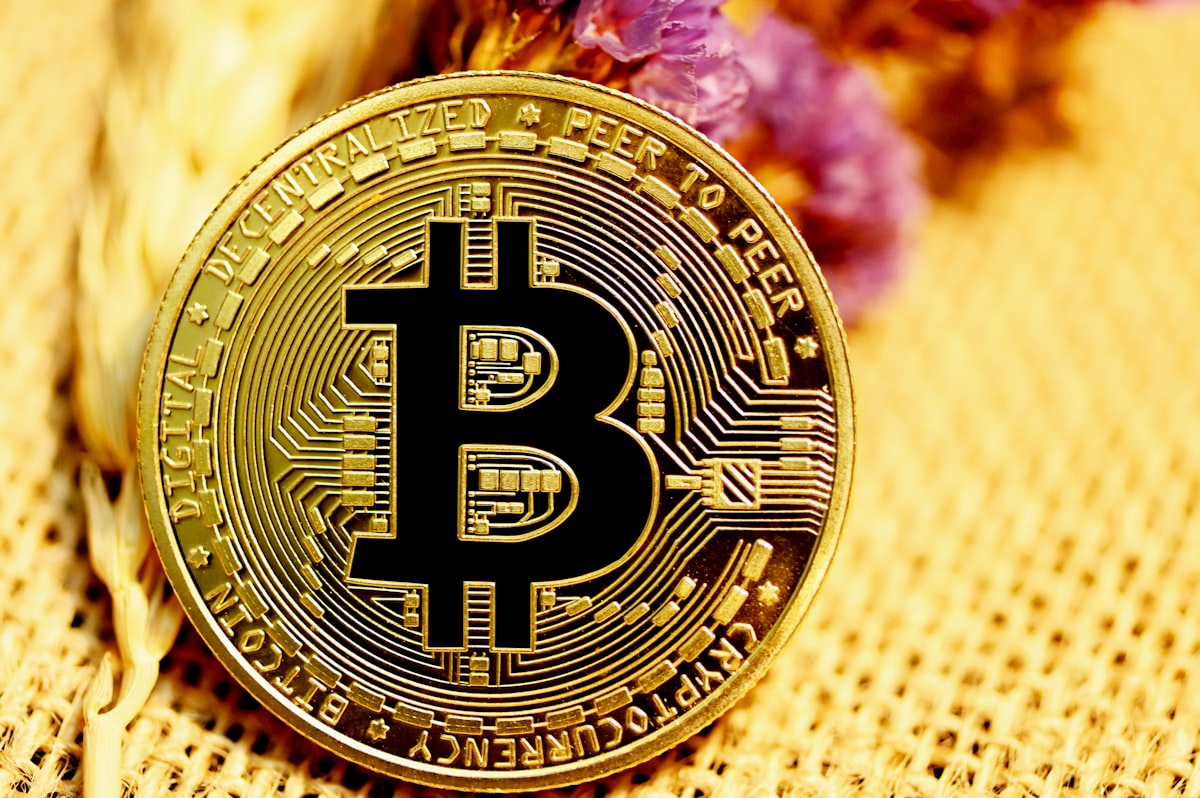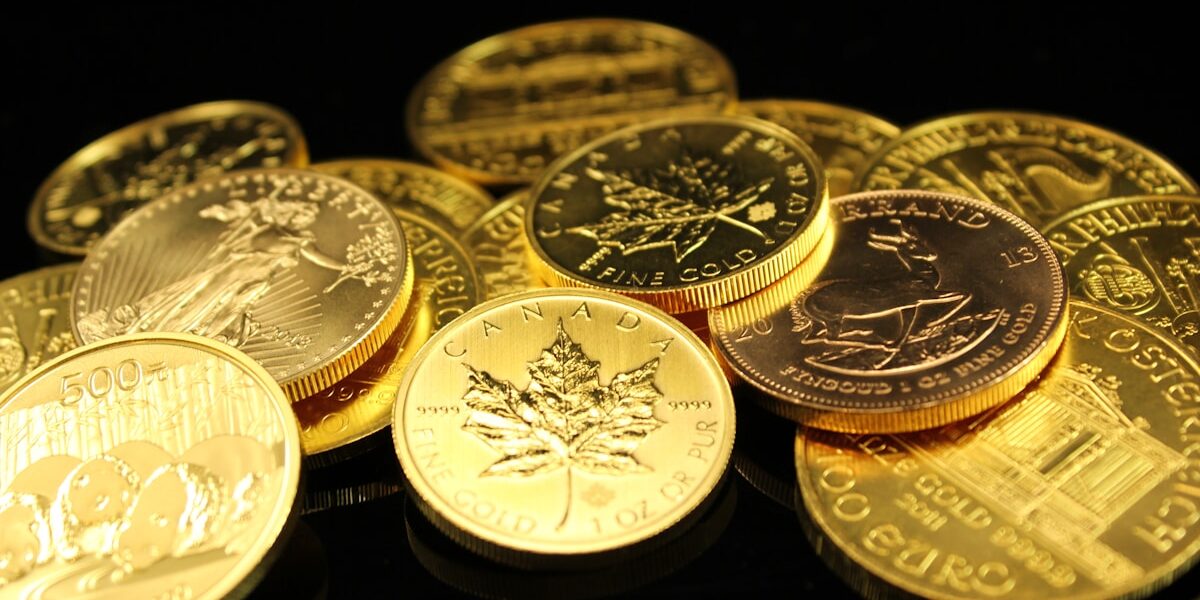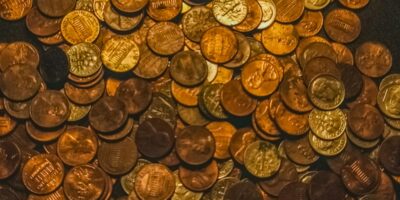The 1939 Penny: An Overview

The 1939 penny is part of the Lincoln Wheat cent series, minted from 1909 to 1958. Famous for its classic design, it carries historic and collectible value. Designed by Victor David Brenner, the obverse features President Abraham Lincoln. The reverse shows two wheat stalks surrounding the phrase “One Cent.”
Historical Context
In 1939, the world was on the brink of World War II. Economic conditions and political tensions were pervasive. The mintage of coins during this period witnessed various influences due to these global events. Circulating currency at the time was a crucial part of everyday transactions. This context contributes to the intrigue surrounding coins minted in this era, including the 1939 penny.
Mints and Production
The 1939 penny was produced in three different mints: Philadelphia, Denver, and San Francisco. Each mint produced pennies with distinct mint marks, which significantly impact a coin’s value:
- Philadelphia Mint: No mint mark.
- Denver Mint: Identified by a small “D” mint mark.
- San Francisco Mint: Noted by an “S” mint mark.
Philadelphia minted approximately 316,466,000 pennies. Denver produced 15,160,000 coins, and San Francisco minted 52,070,000. The varying numbers affect scarcity, with lower mintage leading to higher potential value.
Grading and Condition
The value of a 1939 penny largely depends on its condition. Professional grading scales such as the Sheldon scale are used to assess a coin’s state. Conditions are categorized as follows:
- Poor (P-1): Worn to the point of being barely identifiable.
- Good (G-4): Heavily worn; major details, such as Lincoln’s profile, are present but faint.
- Fine (F-12): Moderate wear; Lincoln’s details are more apparent.
- Very Fine (VF-20): Minor wear on high points of the coin.
- Extremely Fine (EF-40): Light wear; sharp details.
- About Uncirculated (AU-50): Traces of light wear on only the highest points.
- Mint State (MS-60 to MS-70): No wear; original mint luster intact.
Naturally, coins in Mint State or About Uncirculated condition fetch a higher price due to their pristine quality.
Market Value Breakdown
A coin’s market value is determined by its mint mark and condition. Here’s a breakdown:
- 1939 No Mint Mark (Philadelphia): In Good condition, worth about $0.10. In Extremely Fine condition, it might be valued at around $0.40. In Mint State, it could reach $3.50 or more.
- 1939-D (Denver): Worth approximately $0.40 in Good condition. In Extremely Fine, valued between $1 to $2.50. Uncirculated examples range from $3 to $20.
- 1939-S (San Francisco): Begins at $0.20 in Good condition. Extremely Fine conditions might carry a value of $2. In Mint State, prices can soar from $5 to $8 or higher for superb examples.
These values fluctuate based on market demand and the broader economy.
Errors and Variants
Collectors often seek coins with mint errors due to their rarity. A few known errors for the 1939 penny include:
- Off-Center Strikes: If the coin wasn’t centered during striking, it forms an off-center strike, varying from slight to dramatic shifts.
- Die Cracks and Cuds: Imperfections in the die can cause raised lines or blobs on the coin’s surface.
- Repunched Mint Marks (RPM): Occurs when a mint mark is stamped more than once, noticeable upon close inspection.
These errors typically increase a coin’s desirability and market value.
Building a Collection
A serious collector typically aims for a complete set. This includes obtaining a coin from each mint, with a consistent grade through different years. The quest for condition consistency across the series adds a layer of challenge and satisfaction.
Some favor coins with natural toning, appreciating the unique aesthetics brought by time. Others prefer coins whose surfaces retain their original, bright copper color, reflecting minimal wear.
Preservation Techniques
Proper preservation ensures a coin maintains its value. Store coins in a dry environment. Use holders like flips or albums to prevent physical damage. For long-term storage, consider using inert plastic holders that protect against air and moisture damage.
Handling coins with care is crucial. Clean, dry hands prevent oils or dirt from affecting the coin’s surface. If handling a coin frequently or with risk of dropping, consider using cotton gloves.
Organizations and Communities
Numismatics is a hobby that benefits from community and shared knowledge. Numerous clubs and societies support enthusiasts, including the American Numismatic Association (ANA). These organizations offer resources for education and networking.
Online forums and marketplaces also foster interaction among enthusiasts. Here, collectors can buy, sell, or trade coins and exchange insights on market trends and discoveries. They provide valuable platforms for both novice and experienced collectors.
Investing in Pennies
While collecting is primarily a hobby for many, certain coins may hold investment potential. Rare or error coins often appreciate over time. It’s vital to conduct thorough research and consult with seasoned collectors when purchasing high-value pieces.
Sudden spikes in prices do occur, driven by trends or economic changes. However, long-term growth usually aligns more with rarity and condition rather than speculative demand.
Research and Reference Material
Books and online resources can offer extensive knowledge about the 1939 penny. “A Guide Book of United States Coins” remains a staple for many collectors, providing historical and pricing insights. Additionally, auction results published by major houses can inform about current market conditions.
Engaging with academic publications or specialized articles can deepen understanding of the coin’s historical nuances. These materials often come with high-resolution images, beneficial for comparing grades and spotting errors.
Engaging with Historical Roots
Owning a 1939 penny links collectors to a significant period in history. The coin embodies more than its metal content; it reflects the economy, design artistry, and a glimpse into societal values of its time.
The penny serves as a tangible connection to the past, a daily piece of history that can fit in a pocket yet open a door to exploration and discovery.
Recommended Collecting Supplies
Coin Collection Book Holder Album – $9.99
312 pockets for coins of all sizes.
20x Magnifier Jewelry Loupe – $13.99
Essential tool for examining coins and stamps.
As an Amazon Associate, we earn from qualifying purchases.




Subscribe for Updates
Get the latest articles delivered to your inbox.
We respect your privacy. Unsubscribe anytime.